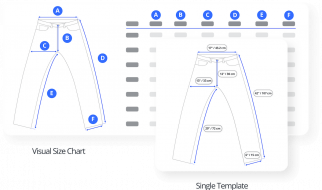
Getting ready for Investment Banking Interviews may seem daunting at first. However, like the saying goes, practice makes perfect. It is critical for students to strategically prepare in advance for the technical portion of any IB interview. Many questions are redundant or expected. One question key to the heart of financial modeling, or any IB interview is: ?Will you tell me how all three financial statements are linked together??
To successfully answer this question, we must review what each financial statement tells us. The Balance Sheet is the only statement that represents a company?s financial condition at a single point in time. A company?s income statement shows their profitability over a period of time, and the cash flow statement notes changes in cash over a period of time. One can use these statements to interpret the financial health of any chosen company.
Net Income & Retained Earnings
Net income which is profit before tax less tax expense is connected on all three financial statements. Net income is located at the bottom of the income statement and directly at the top of the cash flow statement followed by cash from operations. On the balance sheet, net income feeds into retained earnings. Retained earnings represent the portion of a business?s profits that are not distributed as dividends, but rather reinvested back into the business.
PP&E, Depreciation, and Capital Expenditures
To calculate cash flow from operations, depreciation needs to be added back to net income. Depreciation is recognized on the balance sheet under the asset section labeled Property Plant and Equipment (PP&E). On the income statement it is recognized as an expense, depreciation expense. Capital expenditures, which consists of money spent by a business on acquiring or maintaining fixed assets, are recognized on the PP&E account on the balance sheet and flow through cash from investing on the cash flow statement.
Financing
Financing activities, such as the issuance of debt affect all three financial statements. Interest expense is found on the income statement, the principal amount of debt owed is found on the balance sheet, and the change in the principal amount owed is reflected on the cash flow statement in the cash from financing section.
Cash Balance
The sum of cash from operations, cash from investing, and cash from financing are added to the prior period closing cash balance. The result becomes the current period closing cash balance on the balance sheet. This confirms whether or not the statements balance correctly.
Example
Now that we understand how all of the three financial statements were linked, suppose you were asked the impact of $10m depreciation on all three statements? what would you answer? Let?s walk through it assuming no taxes. On the income statement, the $10m expense reduces net income by $10m, this causes net income on the top of the cash flow statement to decrease by $10m and retained earnings on the balance sheet to decrease by $10m. Additionally, on the balance sheet the PP&E account decreases by $10m. On the cash flow statement, depreciation add-back increases by $10m, ultimately causing the total cash flow impact to be zero. If you were able to answer that, good work!
Now that you can successfully explain the connective thread between all three financial statements, you are one step closer to succeeding in your technical interview and landing that IB job.


